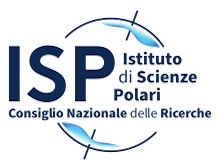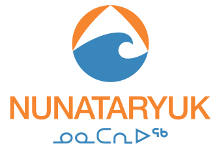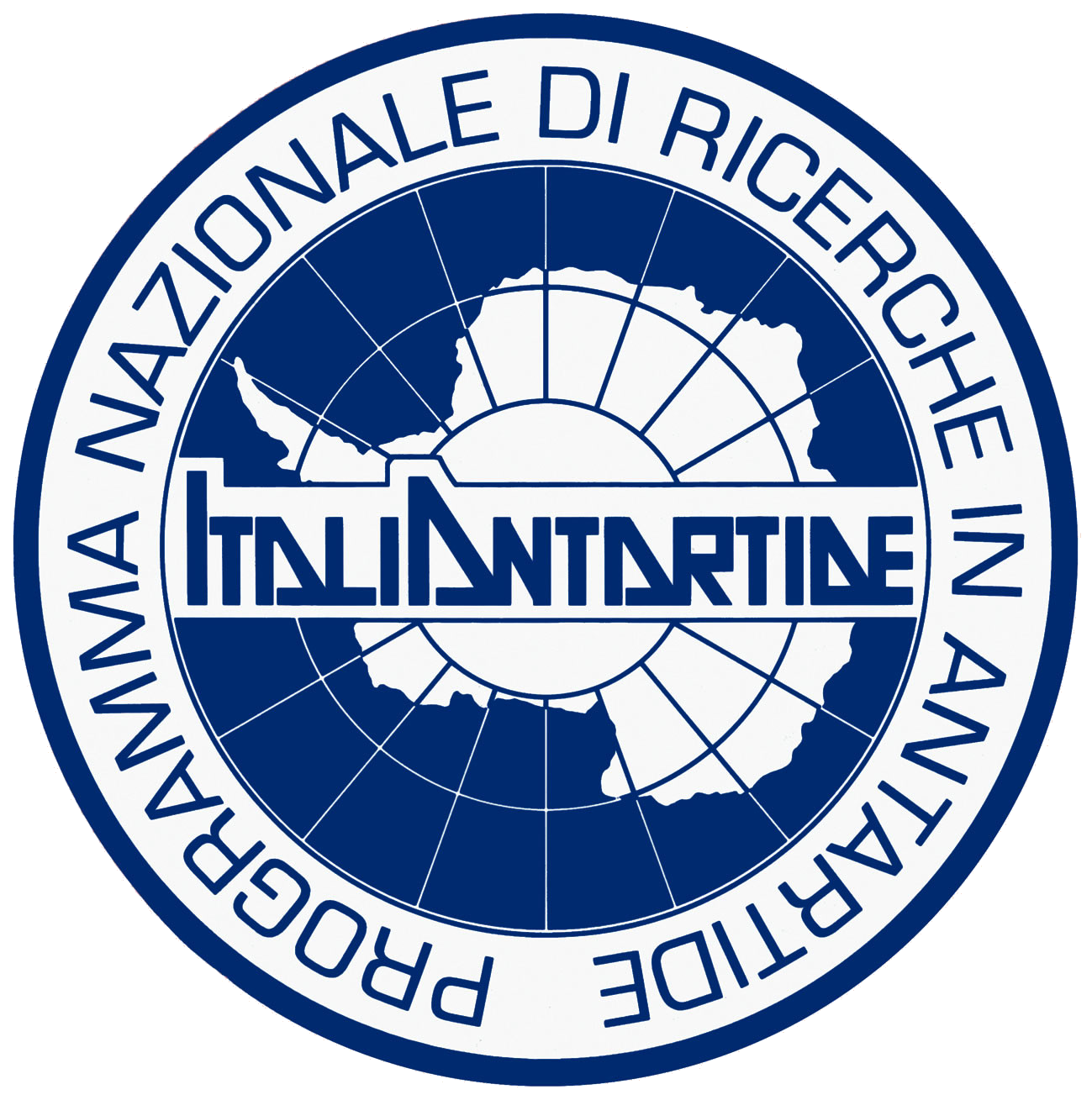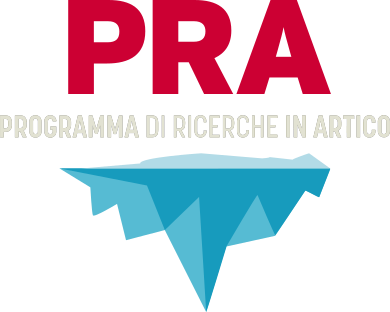Summary
Permafrost coasts in the Arctic make up 34% of the world's coasts (Lantuit et al., 2012) and represent a key interface for human-environmental interactions. These coasts provide essential ecosystem services, exhibit high biodiversity and productivity, and support indigenous lifestyles. At the same time, this coastal zone is a dynamic and vulnerable zone of expanding infrastructure investment and growing health concerns. Climate warming is affecting this fragile environment by triggering coastal landscape instability and increased hazard exposure.
A high proportion of Arctic residents live near permafrost coasts and many derive their livelihood from marine resources (Larsen and Fondahl, 2014; Forbes et al., 2011). They will be directly impacted by rapidly changing conditions at the Arctic coast. Permafrost thaw will lead to destabilisation of infrastructure (Barnard et al., 2015) and natural resource extraction facilities (Raynolds et al. 2014), directly impacting the economy. Greater fluxes of sediment and organic matter from coastal erosion could impact the nearshore ecosystem, including aquatic resources (Fritz et al., 2017). Permafrost thaw has also been shown to play a role in the health of Arctic coastal communities through changes in water quality (Jones and Parker, 2015) and through the potential release of contaminants, frozen bacteria and anthrax (Bölter and Höller, 1999). Yet, all of these issues have so far been considered in isolation because of the lack of data for Arctic coastal regions (Forbes et al., 2011).
Objectives
The pressing challenge is to quantify and project organic matter, sediment and contaminant fluxes from thawing coastal and subsea permafrost and to accurately assess the implications of permafrost thaw for the indigenous populations, the local communities and the local environment in the Arctic coastal areas. The main goal of Nunataryuk is thus to determine the impacts of thawing land, coast and subsea permafrost on the global climate and on humans in the Arctic and to develop targeted and co-designed adaptation and mitigation strategies.
The overall strategy of the Nunataryuk project is to transdisciplinarily bring together high-ranking European and international specialists of the Arctic coast, including natural scientists and the major European socio-economic science groups in order to address these pressing challenges. The project will be a user-driven directly addressing the concerns of local and global stakeholders with regards to permafrost thaw in coastal areas of the Arctic. Nunataryuk will use a conceptual framework inspired by the IPCC report on risks (IPCC, 2012) and by the experience gained from interaction with local stakeholders over the past decades (e.g. Marino and Schweitzer, 2009). Permafrost thaw is the core focus of Nunataryuk and will be used as the common thread for early consultations with community representatives and other stakeholders at the local and global level.
Project Partners
• Alfred Wegener Institute, Helmholtz Centre for Polar and Marine Research
• Stockholm University (SU)
• Vrije Universiteit Amsterdam (VUA)
• Centre National de la Recherche Scientifique (CNRS)
• Université Laval (ULaval)
• Max Planck Institute (MPG)
• University of Oulu (UOULU)
• Technical University of Denmark (DTU)
• Nordregio
• Stefansson Arctic Institute (SAI)
• University of Vienna (UniVie)
• B.GEOS
• University of Oslo (UiO)
• Universidade de Lisboa (IGOT-UL)
• International Institute for Applied Systems Analysis (IIASA)
• University of Hamburg Center for Earth System Research and Sustainability (CEN)
• Université Libre de Bruxelles (ULB)
• Norwegian University of Science and Technology (NTNU)
• Université de Versailles-Saint-Quentin-en- Yvelines – CEARC
• GRID-Arendal
• Informus GmbH (INF)
• ARGANS
• Villefranche Oceanographic Laboratory (Laboratoire d’Océanographie de Villefranche-sur-Mer - LOV)
• German Research Centre for Geosciences (GFZ)
• Fisheries and Oceans Canada
Publications
• Project related publications and data are collected on the NUNATARYUK page on the Zenodo OA repository. This is the standard tool used by many EU projects and will allow the project to self-archive manuscripts for OA purposes as well as to pull out publications lists directly into the EU Research Participant Portal.







 Title: Nunataryuk
Title: Nunataryuk 


